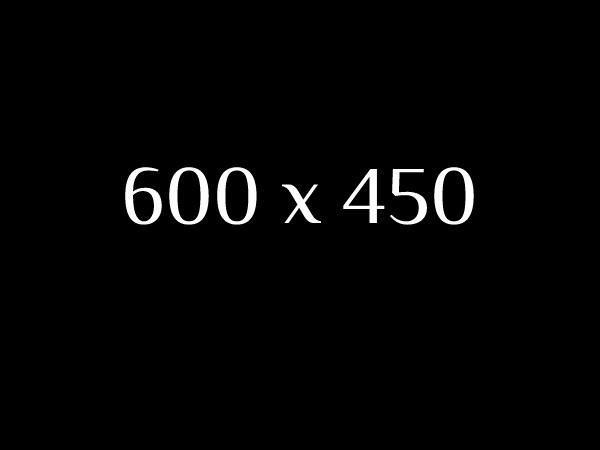The Evolution of Roofing: From Traditional to Modern Materials
Embracing Innovation in Roofing
In the ever-evolving field of Roofing, traditional materials are facing stiff competition from modern alternatives that offer both aesthetic appeal and functionality. This article explores the transformation of roofing materials, highlighting the emergence of lightweight, durable, and eco-friendly options that are reshaping the industry click here to learn more.
The Emergence of Modern Roofing Materials
Modern roofing materials have surged in popularity, challenging the dominance of heavy clay and slate tiles. Composite materials and metal roofing, in particular, offer superior longevity and fire resistance while maintaining a classic aesthetic. Additionally, the concept of Green roofing, which incorporates vegetation, provides sustainable and insulating roof systems.
Key Advantages of Contemporary Roofing Materials
Contemporary roofing materials boast several advantages over traditional options. They are lightweight, durable, and require minimal maintenance, making them ideal for homeowners seeking hassle-free solutions. Moreover, advancements in technology have enabled these materials to closely mimic the appearance of traditional roofs while enhancing performance and longevity.
Transitioning from Traditional to Modern Roofing
Roofing trends have evolved significantly over the years, driven by the need for more sustainable and cost-effective solutions. Traditional materials like clay and slate tiles, while aesthetically pleasing, pose challenges such as excessive weight and high maintenance requirements. As a result, homeowners and construction experts are increasingly turning to modern roofing technologies.
Challenges with Traditional Materials
Historically, clay and slate tiles have been praised for their classic charm but present significant challenges. Their heavy weight strains building structures and necessitates reinforced support. Additionally, these materials demand extensive maintenance to preserve their appeal, contributing to lifetime costs.
Technological Innovations in Roofing
Modern roofing technologies have addressed these challenges by offering sustainable, durable, and aesthetically pleasing alternatives. Metal roofing, for instance, combines style and durability, providing a stylish yet sturdy option. Furthermore, eco-friendly materials like recycled rubber and plastics reduce the need for structural reinforcement and lower installation and maintenance costs.
The Rise of Metal Roofing
Metal roofing has emerged as a preferred choice for homeowners due to its durability and resistance to extreme weather conditions. These roofs can last up to 70 years and withstand high winds and impact effectively. Moreover, their reflective surfaces contribute to energy efficiency by keeping homes cooler and reducing air conditioning costs.
Conclusion: Embracing Change and Innovation in Roofing
The roofing industry is undergoing a transformative period, embracing innovation and sustainability. Modern materials offer the timeless charm of traditional roofs while enhancing durability and eco-friendliness. As homeowners seek cost-effective and low-maintenance solutions, modern roofing materials continue to gain traction, reshaping the landscape of residential and commercial roofing.
